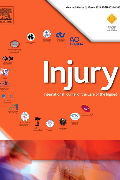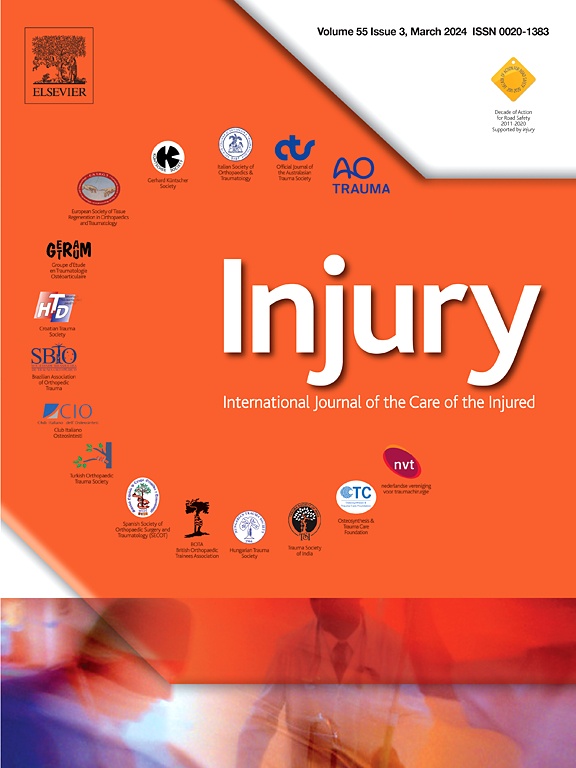
Unlocked versus dynamic and static distal locked femoral nails for intertrochanteric fractures .
This report has been verified
by one or more authors of the
original publication.
Unlocked versus dynamic and static distal locked femoral nails in stable and unstable intertrochanteric fractures. A prospective study
Injury. 2018 Nov;49 Suppl 3:S19-S25. doi: 10.1016/j.injury.2018.09.063240 patients scheduled for short intramedullary nail fixation for an intertorchanteric fracture were randomized to one of three distal locking configurations: static locked, dynamic locked, or unlocked. Patients were assessed for intraoperative variables - including operative and fluoroscopy times, blood loss, and transfusion rate - and postoperative outcomes related to fracture healing, function, pain, and complications. Results demonstrated significant differences only in operative variables, with operative time, fluoroscopy time, and blood loss favoured in the unlocked group compared to the two distal locking groups. Postoperative outcomes did not demonstrated any significant differences between the three groups.
Unlock the Full ACE Report
You have access to 4 more FREE articles this month.
Click below to unlock and view this ACE Reports
Unlock Now
Critical appraisals of the latest, high-impact randomized controlled trials and systematic reviews in orthopaedics
Access to OrthoEvidence podcast content, including collaborations with the Journal of Bone and Joint Surgery, interviews with internationally recognized surgeons, and roundtable discussions on orthopaedic news and topics
Subscription to The Pulse, a twice-weekly evidence-based newsletter designed to help you make better clinical decisions
Exclusive access to original content articles, including in-house systematic reviews, and articles on health research methods and hot orthopaedic topics

































































